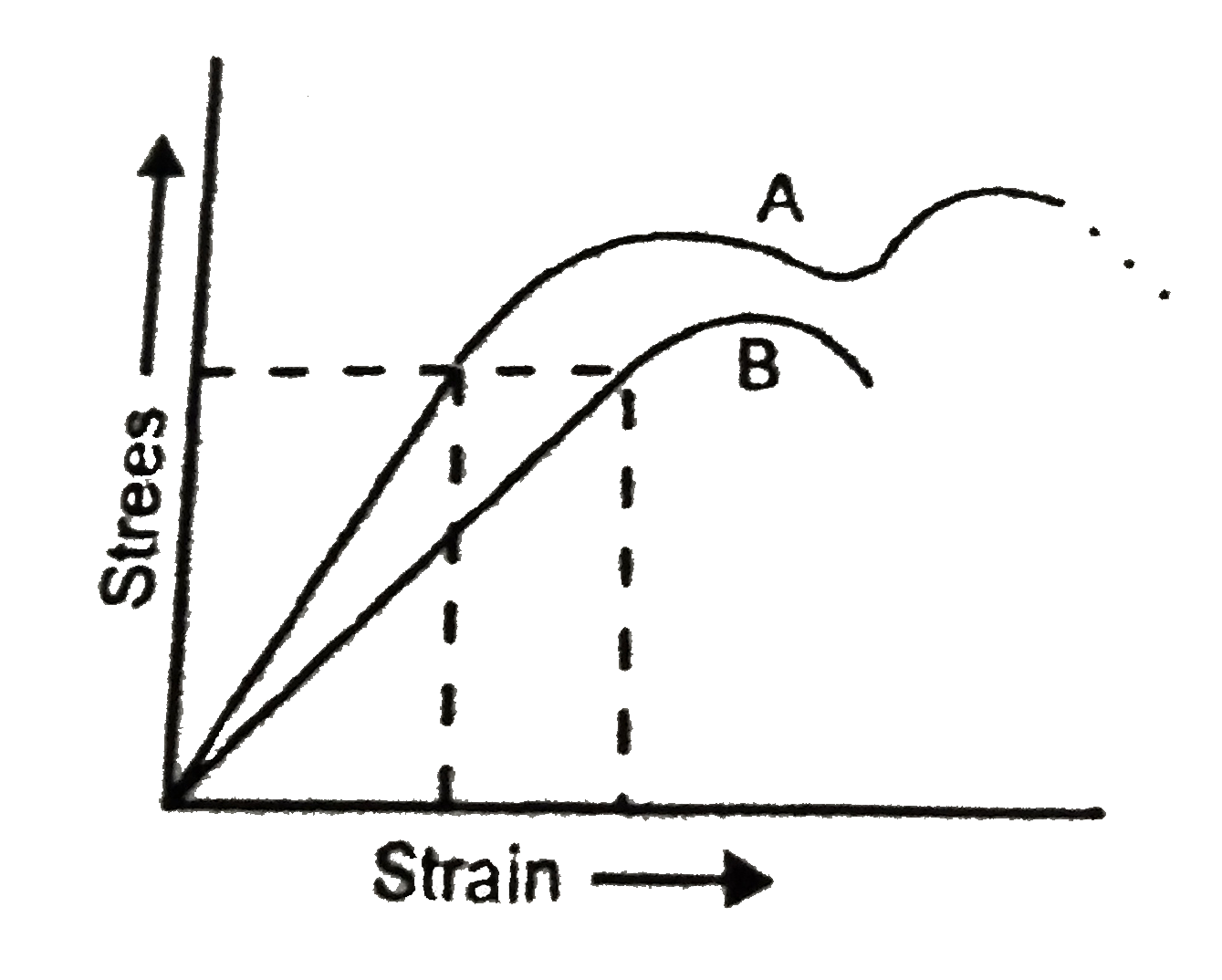When an object moves through a fluid, as when a ball falls through air or a glass sphere falls through water te fluid exerts a viscous foce F on the object this force tends to slow the object for a small sphere of radius r moving is given by stoke's law, Fw=6πηrv. in this formula η in the coefficient of viscosity of the fluid which is the proportionality constant that determines how much tangential force is required to move a fluid layer at a constant speed v, when the layer has an area A and is located a perpendicular distance z from and immobile surface. the magnitude of the force is given by F=ηAv/z. For a viscous fluid to move from location 2 to location 1 along 2 must exceed that at location 1, poiseuilles's law given the volumes flow rate Q that results from such a pressure difference P2−P1. The flow rate of expressed by the formula Q=πR4(P2−P1)8ηL poiseuille's law remains valid as long as the fluid flow is laminar. For a sfficiently high speed however the flow becomes turbulent flow is laminar as long as the reynolds number is less than approximately 2000. This number is given by the formula Re=2¯vρRη In which ¯v is the average speed ρ is the density η is the coefficient of viscosity of the fluid and R is the radius of the pipe. Take the density of water to be ρ=1000kg/m3
Q. What is the viscous force on a glass sphere of radius r=1mm falling through water (η=1×10−3Pa−s) when the sphere has speed of 3m/s?
2.7×10−2N
2.5×10−5N
3.7×10−3N
5.6×10−5N
The correct Answer is:D
Step by step video & image solution for When an object moves through a fluid, as when a ball falls through air or a glass sphere falls through water te fluid exerts a viscous foce F on the object this force tends to slow the object for a small sphere of radius r moving is given by stoke's law, F_(w)=6pietarv. in this formula eta in the coefficient of viscosity of the fluid which is the proportionality constant that determines how much tangential force is required to move a fluid layer at a constant speed v, when the layer has an area A and is located a perpendicular distance z from and immobile surface. the magnitude of the force is given by F=etaAv//z. For a viscous fluid to move from location 2 to location 1 along 2 must exceed that at location 1, poiseuilles's law given the volumes flow rate Q that results from such a pressure difference P_(2)-P_(1). The flow rate of expressed by the formula Q=(piR^(4)(P_(2)-P_(1)))/(8etaL) poiseuille's law remains valid as long as the fluid flow is laminar. For a sfficiently high speed however the flow becomes turbulent flow is laminar as long as the reynolds number is less than approximately 2000. This number is given by the formula R_(e)=(2overline(v)rhoR)/(eta) In which overline(v) is the average speed rho is the density eta is the coefficient of viscosity of the fluid and R is the radius of the pipe. Take the density of water to be rho=1000kg//m^(3) Q. What is the viscous force on a glass sphere of radius r=1mm falling through water (eta=1xx10^(-3)Pa-s) when the sphere has speed of 3m/s? by Physics experts to help you in doubts & scoring excellent marks in Class 11 exams.
Related Playlists
- BOOK - ALLENCHAPTER - ELASTICITY, SURFACE TENSION AND FLUID MECHANICSEXERCISE - Exercise 4 A (Elasticity)7videos
ELASTICITY, SURFACE TENSION AND FLUID MECHANICS
- BOOK - ALLENCHAPTER - ELASTICITY, SURFACE TENSION AND FLUID MECHANICSEXERCISE - Exercise 4 A (Surface Tension)5videos
ELASTICITY, SURFACE TENSION AND FLUID MECHANICS
- BOOK - ALLENCHAPTER - ELASTICITY, SURFACE TENSION AND FLUID MECHANICSEXERCISE - Exercise 3 (Assertion & Reason)32videos
ELASTICITY, SURFACE TENSION AND FLUID MECHANICS
- BOOK - ALLENCHAPTER - CENTRE OF MASSEXERCISE - EXERCISE-V B19videos
CENTRE OF MASS
- BOOK - ALLENCHAPTER - ERROR AND MEASUREMENTEXERCISE - Part-2(Exercise-2)(B)22videos
ERROR AND MEASUREMENT
Similar Questions
In the figure shown the straing versus stress graph for two values of young's modulus ?

(i) which material is more ductile ? Explain.
(ii) Which material is more brittle ? Explain.
(iii) Which material is stronger ? Explain.02:01View Solution_E01_194_Q01.png)
PQRS is a rectangular frame of copper wire shown in figure the side RS of the frame is movable. If a soap film is formed on it then what is the diameter of the wire to maintain equilibirum (given surface tension of soap solution =0.045N/m and density of copper =8.96×103kg/m3)03:24View SolutionStatement-1: A solid sphere and a hollow sphere of same material and same radius are floating in a liquid. Same percentage of volume of both the spheres is immersed in the liquid.
Statement-2: Up-thrust force acts on volume of liquid displaced. It has nothing to do whether the body is solid or hollow.03:50View SolutionTwo particles of mases m1 and m2 in projectile motion have velocitie →v1 and →v2, respectively at time t=0. they collide at time t0. Their velocities become →v′1 and →v′2 at time 2t0 while still moving in air. The value of
∣∣(m1→v′1+m2→v′2)∣∣−|(m1→v1+m2→v2)| is07:10View SolutionA cube has a side of length 1.2×10−2m. Its volume upto correct significant figures is
03:01View SolutionA sphere of mass M and radius R is falling in a viscous fluid. The terminal velocity attained by the falling object will be alphaortional to :
02:29View SolutionWhen an object moves through a fluid, as when a ball falls through air or a glass sphere falls through water te fluid exerts a viscous foce F on the object this force tends to slow the object for a small sphere of radius r moving is given by stoke's law, Fw=6πηrv. in this formula η in the coefficient of viscosity of the fluid which is the proportionality constant that determines how much tangential force is required to move a fluid layer at a constant speed v, when the layer has an area A and is located a perpendicular distance z from and immobile surface. the magnitude of the force is given by F=ηAv/z. For a viscous fluid to move from location 2 to location 1 along 2 must exceed that at location 1, poiseuilles's law given the volumes flow rate Q that results from such a pressure difference P2−P1. The flow rate of expressed by the formula Q=πR4(P2−P1)8ηL poiseuille's law remains valid as long as the fluid flow is laminar. For a sfficiently high speed however the flow becomes turbulent flow is laminar as long as the reynolds number is less than approximately 2000. This number is given by the formula Re=2¯vρRη In which ¯v is the average speed ρ is the density η is the coefficient of viscosity of the fluid and R is the radius of the pipe. Take the density of water to be ρ=1000kg/m3
Q. Blood vessel is 0.10 m in length and has a radius of 1.5×10−2m blood flows at rate of 10−7m3/s through this vessel. The pressure difference that must be maintained in this flow between the two ends of the vessel is 20 Pa what is the viscosity sufficient of blood?View SolutionA small metal sphere of radius a is falling with a velocity υ through a vertical column of a viscous liquid. If the coefficient of viscosity of the liquid is η, then the sphere encounters an opposing force of
05:20View Solutionजब एक गोलाकार वस्तु किसी द्रव में चलती है तो द्रव उसपर गति की विपरीत दिशा में एक बल लगता है। इस बल का परिमाण F, द्रव का श्यानता गुणांक (coefficient of viscosity) η, गोले की त्रिज्या r तथा गोले के वेग v पर निर्भर करता है। विमाओं की सहायता से F के लिए η, v तथा r में सूत्र प्राप्त करे।
View SolutionViscous force on a small sphere of radius r moving in a fluid varies directly with
02:04View SolutionA small metal sphere of radius a is falling with a velocity through a verticle column of a viscous liquid. If the coefficient of viscosity of the liquid is η, then the sphere encounters an opposing force of
04:41View SolutionA small metal sphere of radius is rapidly falling down through a vertical viscous fluid column. The viscosity of this fluid eta This is the force that the metal sphere will feel against the motion
02:37View SolutionA sphere of mass M and radius R is falling in a viscous fluid .The terminal velocity attained by the falling object will be proportional to ……
00:43View SolutionA sphere of mass M and radius R is faling in a viscous fluid. The terminal velocity attained by the falling object will be proportional to
02:12View SolutionA small metal sphere of radius a is falling with a velocity v through a vertical column of a viscous liquid. If the coefficient of viscosity of the liquid is eta , then the sphere encounters an opposing force of
View SolutionViscous force on a small sphere of radius r moving in a fluid varies directly with
04:06View Solution


